Storioni and the late Bergonzis
John Dilworth takes an in-depth look at three violins from our October 2024 auction
In the late eighteenth century, Cremona was in a parlous state. The whole of Italy was in decline politically and economically, and its city states and dukedoms were crumbling, Austria had taken over from Spain as the controlling power in Lombardy and the chain of patronage for artists and musicians was changing.
Cremona, of course, had already lost its greatest violin makers, and its unique position as the home of the violin throughout Europe. With the death of Stradivari and, although to a lesser extent it must be said, Guarneri del Gesù, violin making in the city was reduced to the Bergonzi family, raking through the remains of the Stradivari workshop, and living what seems to have been a quite precarious existence. Violin makers were now widely established throughout the cities of Europe and within Italy itself, and although not yet, if ever, to achieve the finesse of the great Cremonese, still represented a challenge to Cremona’s previous dominance. It may be indicative that Stradivari himself encouraged his youngest son, Paolo, to become a cloth merchant. After his death, Stradivari seemed to leave relatively little imprint on the violins subsequently made in the city.
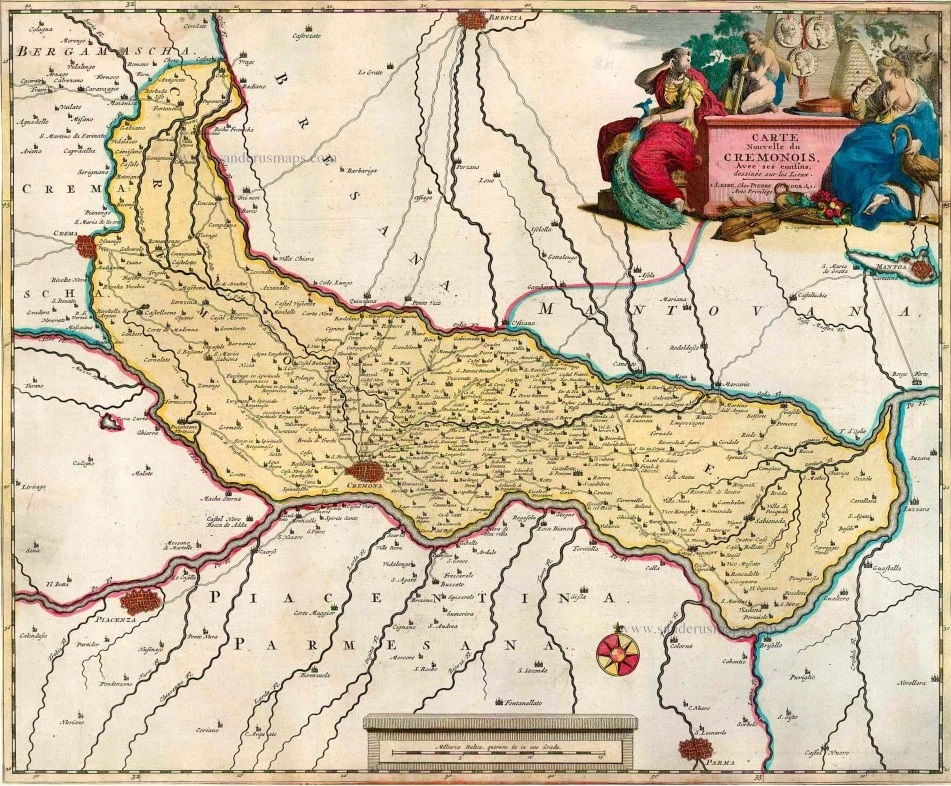
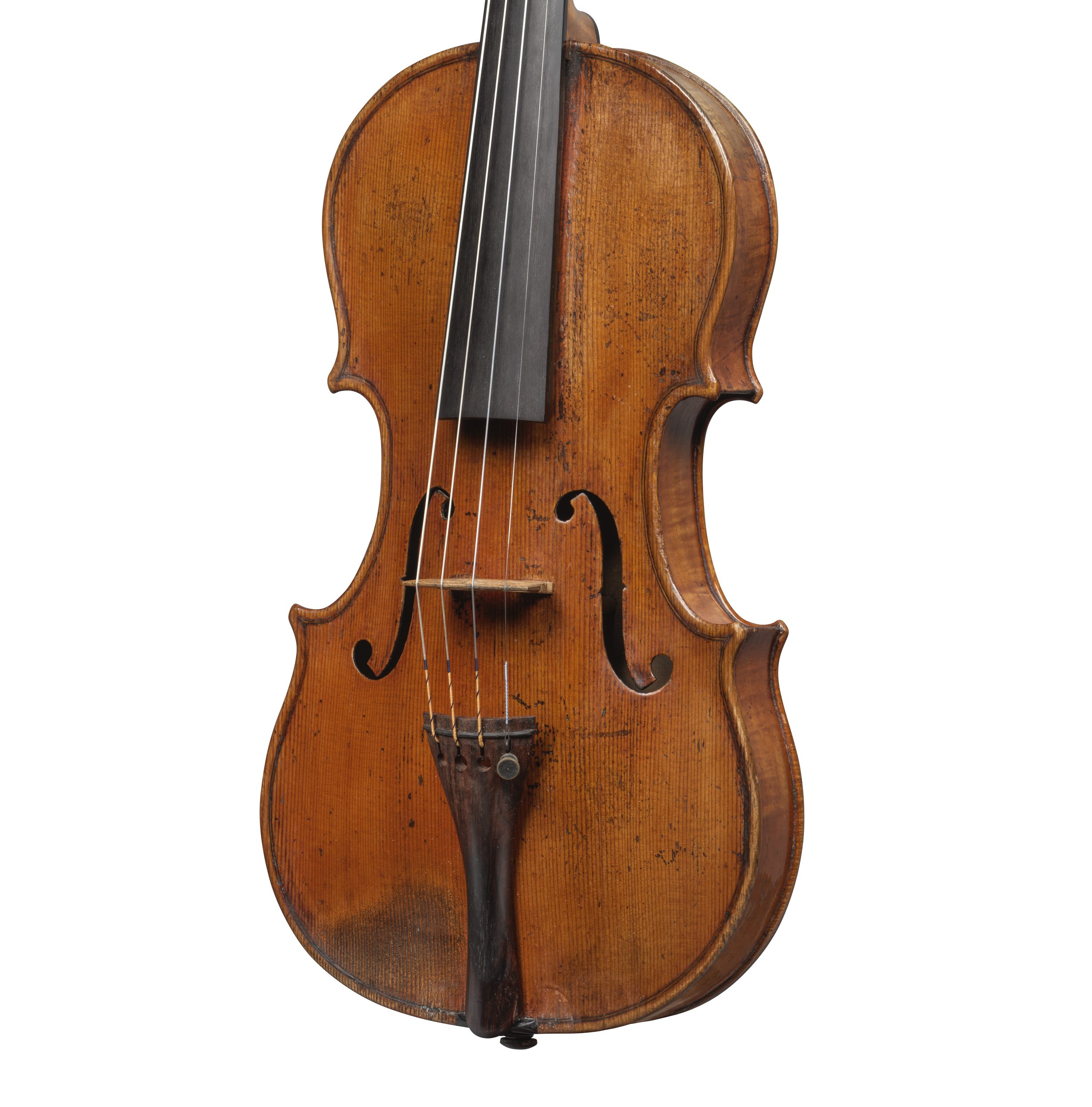
The Bergonzi family survived through Carlo II and Nicola, sons of Zosimo, but their work, when identified, has little in common with that of their grandfather Carlo, founder of the dynasty. In 1760, the little-known Zosimo Bergonzi was the only active violin maker left in Cremona, and he left precious little evidence of his activity. None the less, his two sons, Carlo II and Nicola, did leave a recognisable body of work.
Into this scene steps Lorenzo Storioni, often seen as the saviour of a two-hundred year old tradition. He was brought up in the same neighbourhood as the Rugeri, with whom his family seem to have been aquainted. He clearly had a strong ambition to become a liutaio, and was actively making instruments at the age of 24.
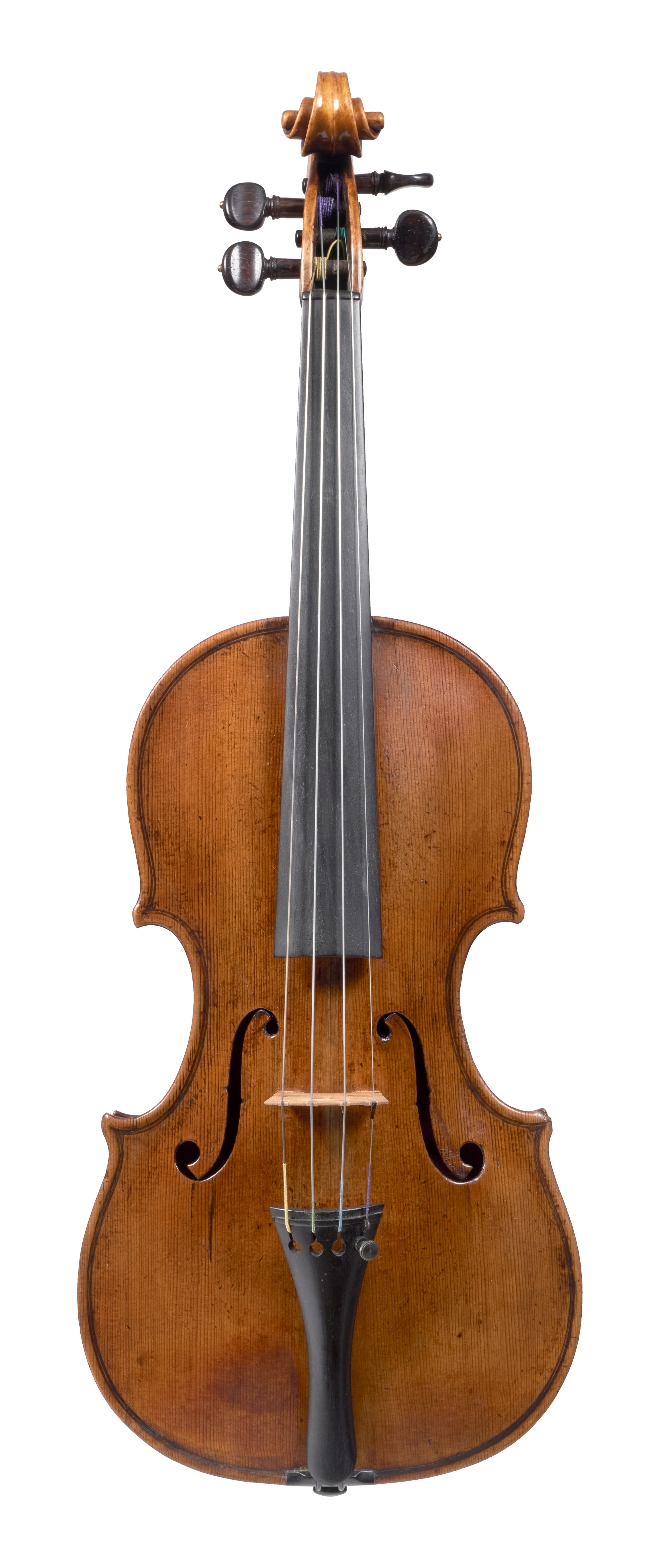
If there was any close interaction between Storioni and the Bergonzis, it is hard to see at this stage. There is however one point in common. Both worked in the shadow of Guarneri del Gesù. Despite the fact that the senior Carlo and his son Michele Angelo occupied the Stradivari workshop, it is the influence of del Gesù that is most obvious in Michael Angelo’s own work, and certainly also appears occasionally in the work of Nicola Bergonzi. Guarneri’s freehand expressiveness must have been a tempting approach for makers in a diminishing market. It is also probably true that the great violins of Amati and Stradivari had already disappeared to foreign courts and collections, as Cozio de Salabue states in his memoirs. Del Gesù did not enjoy wealthy patronage or any recognition in his own lifetime, and it is his instruments which are likely to have stayed in the hands of local musicians, and had an influence on these later makers. That influence did not spread further abroad until well into the next century.
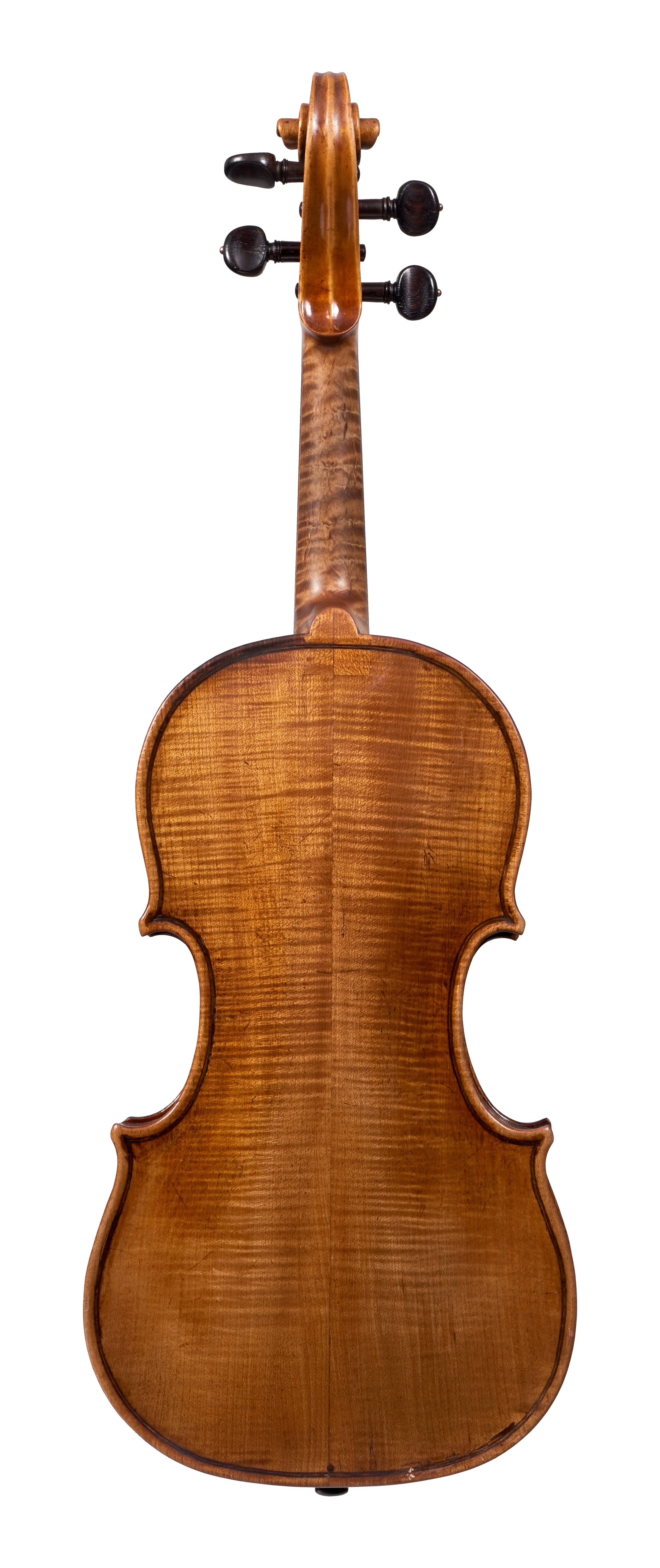
Any trace of the brilliant red varnish of Stradivari has gone but in its place is a brilliant deep Amati-like gold.
A fine Bergonzi in this catalogue is in fact a finely made instrument, dating from around 1770-80. It is a small model, in fact a slightly diminished ‘Grand Pattern’ Amati, and well-regulated in outline and arch. The back is of the native Italian maple known as oppio, with its distinctive dark colour, broad grain and narrow flame; Bergonzi used it a great deal in this period, possibly indicating the difficulty of obtaining imported wood. The sound holes are well-poised and Stradivarian, but a slight flare to the lower wing, and a rather ill-defined fluting, are characteristic. Any trace of the brilliant red varnish of Stradivari and even the elder Carlo Bergonzi has gone, and was probably never present, but in its place is a brilliant deep Amati-like gold.
The Storioni labelled 1786, but dating from circa 1800, is also a very well-constructed instrument, built, by contrast, on a large scale, particularly broad across the centre, and with a clear Stradivari influence in the flat arching, but Storioni’s own distinctively tapering corners. It is also, with the exception of the beautifully even-grained spruce front, constructed of oppio throughout. The scroll is typical of Storioni, with widely thrown volutes and an extended last turn to the eye. It is clearly carved with some haste – knife marks abound on the uneven chamfer and energetic gouge cuts all round the spiral. The varnish on this instrument is in superb condition and is a warm orange-red, lacking a little of the intensity of a Stradivari or del Gesù.
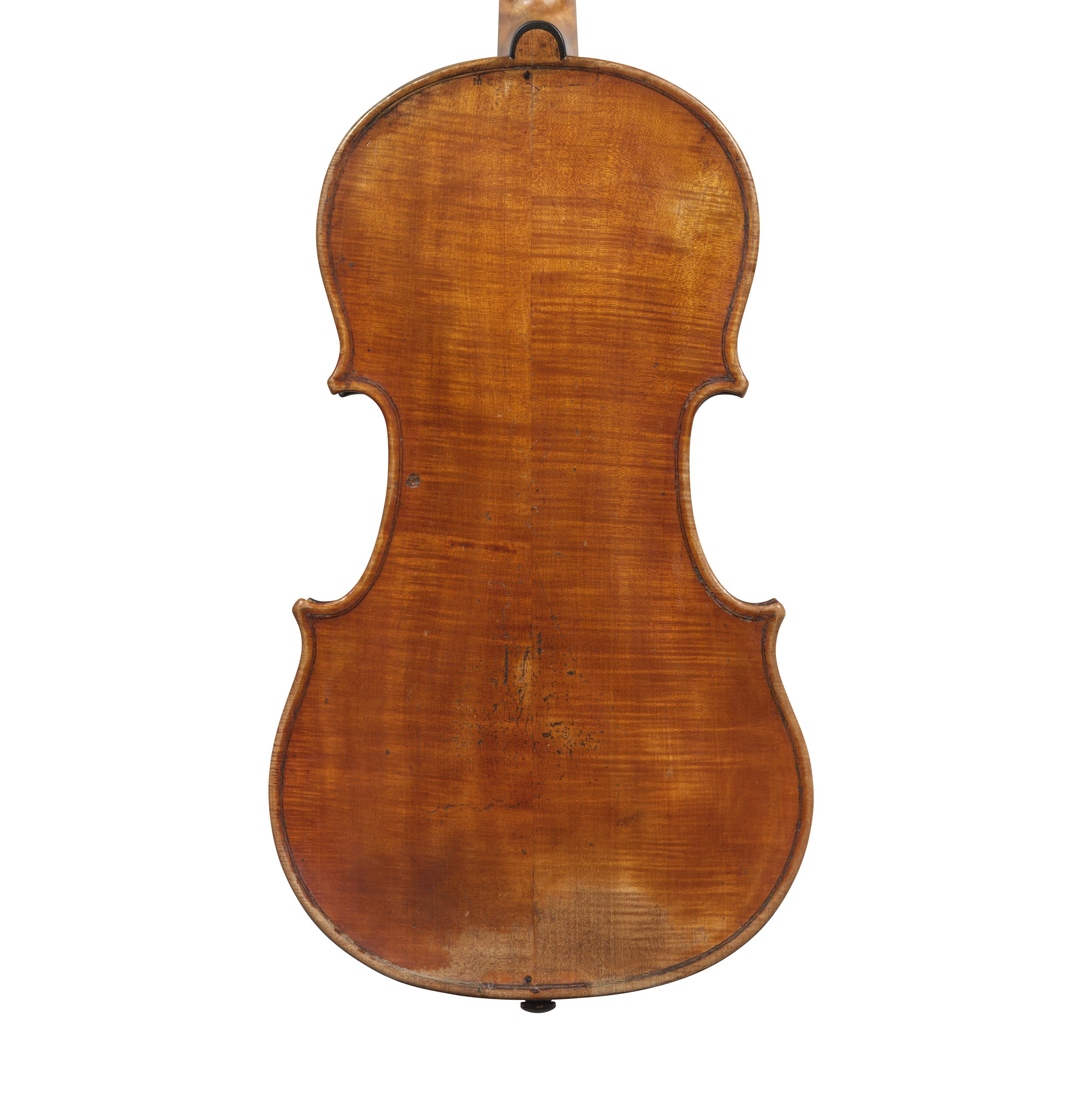

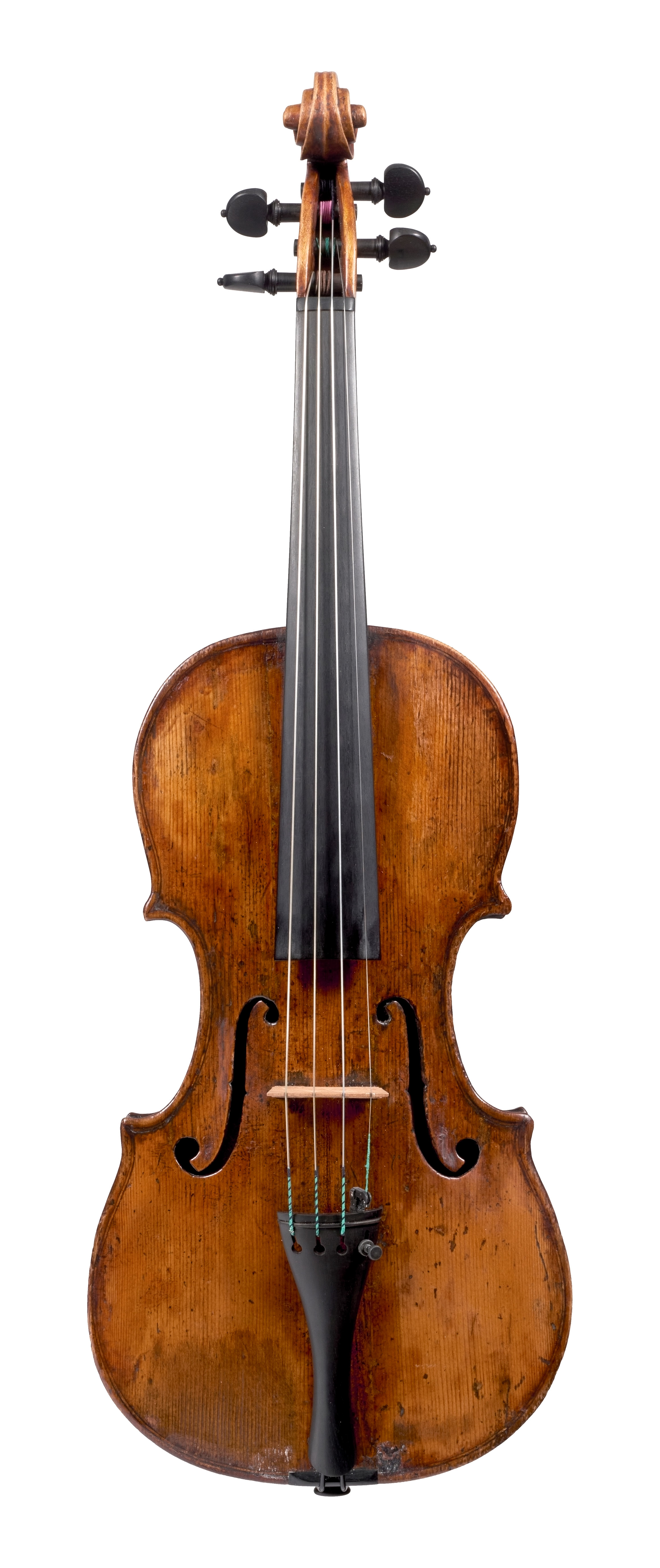
Del Gesù brings us back to the last of this trio of late Cremonese instruments. A circa 1770 violin by Storioni is clearly made, perhaps not as a specific copy, but certainly in the image of a late del Gesù. The elongated soundholes and the wild, open turns of the scroll recall the ‘Carrodus’ and ‘Cannone’ violins of 1743. It is constructed with an almost wilful inexactitude which comes absolutely from del Gesù’s example, and would have been anathema to any of the earlier generations of makers. A matching instrument is shown in Dmitry Gindin’s book, ‘The Late Cremonese Violin Makers’ (p.130), with the same model and supple-flamed poplar wood back, which, despite its dramatic appearance, was a choice surely made from economy.

It is constructed with an almost wilful inexactitude which comes absolutely from del Gesù’s example.

According to Duane Rosengard’s research in the Gindin book, from 1787 Storioni and Nicola Bergonzi were living in close proximity, and from 1790-1795 they actually shared a workshop, which would also explain a maturing of their styles. Storioni died in 1816, Nicola Bergonzi in 1832, and his brother Carlo II in 1836. Between them they had sustained the Cremonese violin making tradition through a transformative period, but their pioneering use of the del Gesù model came to nothing in the short term.
Recent Posts
Categories
- Feature Type
- Instrument Type
-
Maker
- Albani, Mathias (2)
- Amati, Andrea (8)
- Amati, Antonio & Girolamo (6)
- Amati, Girolamo II (6)
- Amati, Nicolò (6)
- Balestrieri, Tommaso (3)
- Banks, Benjamin (1)
- Bazin, Charles Nicolas (1)
- Bergonzi Family (1)
- Bergonzi, Carlo (2)
- Bergonzi, Michele Angelo (2)
- Bernardel, Auguste Sébastien Philippe (2)
- Bisiach, Leandro (2)
- Bultitude, Arthur Richard (1)
- Bussetto, Giovanni Maria del (1)
- Camilli, Camillo (2)
- Cappa, Gioffredo (2)
- Carcassi, Lorenzo & Tomaso (1)
- Ceruti, Giovanni Battista (3)
- Chanot, George Adolph (1)
- Cuypers, Johannes Theodorus (1)
- Dalla Costa, Pietro Antonio (1)
- Deconet, Michele (1)
- Fendt, Bernard Simon II (1)
- Fendt, Bernhard Simon I (1)
- Gabrielli, Giovanni Battista (1)
- Gagliano, Alessandro (2)
- Gagliano, Ferdinando (1)
- Genova, Giovanni Battista (1)
- Gisalberti, Andrea (1)
- Goffriller, Francesco (1)
- Goffriller, Matteo (1)
- Grancino, Giovanni (4)
- Grancino, Giovanni Battista II (1)
- Guadagnini, Gaetano II (1)
- Guadagnini, Giovanni Battista (7)
- Guarneri 'filius Andreæ', Giuseppe (3)
- Guarneri del Gesù, Giuseppe (5)
- Guarneri of Mantua, Pietro Giovanni (2)
- Guarneri of Venice, Pietro (3)
- Guarneri, Andrea (3)
- Götz, Conrad (1)
- Hill & Sons, W.E. (1)
- Kennedy, Thomas (1)
- Knopf, Carl Heinrich (1)
- Landolfi, Carlo Ferdinando (1)
- Lott, John Frederick (1)
- Lupot, Nicolas (2)
- Mantegazza, Pietro Giovanni (2)
- Mariani, Antonio (1)
- Montagnana, Domenico (2)
- Panormo, Vincenzo Trusiano (1)
- Parker, Daniel (1)
- Peccatte, Dominique (1)
- Platner, Michele (1)
- Pressenda, Giovanni Francesco (1)
- Rayman, Jacob (1)
- Retford, William Charles (1)
- Rivolta, Giacomo (1)
- Rocca, Giuseppe Antonio (2)
- Rota, Giovanni (1)
- Rugeri, Francesco (3)
- Sartory, Eugène (1)
- Scarampella, Stefano (2)
- Schwartz, George Frédéric (1)
- Serafin, Santo (1)
- Sgarabotto, Gaetano (1)
- Sgarabotto, Pietro (1)
- Simon, Pierre (1)
- Stainer, Jacob (3)
- Storioni, Lorenzo (3)
- Stradivari, Antonio (14)
- Stradivari, Francesco (1)
- Stradivari, Omobono (1)
- Tadioli, Maurizio (1)
- Taylor, Michael (1)
- Tecchler, David (2)
- Testore, Carlo Giuseppe (1)
- Tourte, François Xavier (4)
- Tubbs, James (1)
- Voller Brothers (1)
- Vuillaume, Jean-Baptiste (10)
- Watson, William (1)
- da Salò Bertolotti, Gasparo (2)
- Author
- Charity
-
In the Press
- Antiques Trade Gazette (3)
- Archi-magazine.it (1)
- Art Daily (2)
- CNN Style (1)
- Classic FM (2)
- ITV (1)
- Ingles & Hayday (4)
- Liberation (1)
- Life Style Journal (1)
- London Evening Standard (1)
- Paul Fraser Collectibles (1)
- Rhinegold Publishing (1)
- Sotheby's (1)
- Strings Magazine (2)
- Tarisio (2)
- The Fine Art Post (1)
- The Strad (7)
- The Times (1)
